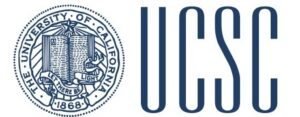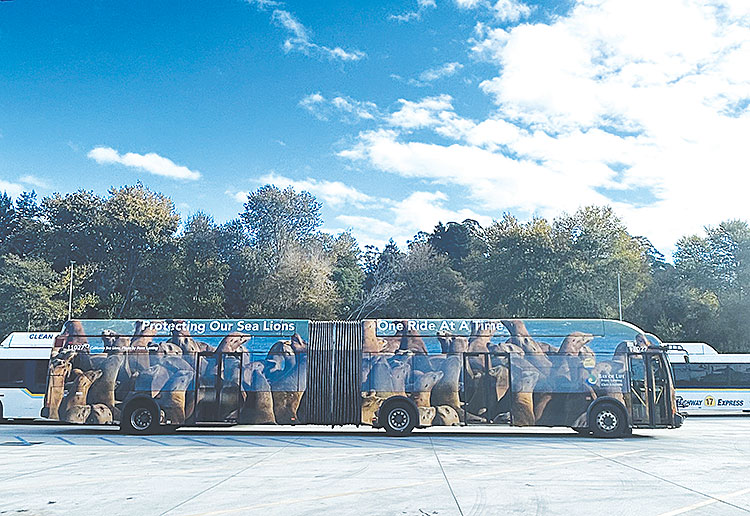On Nov. 15, Santa Cruz Metro announced plans to roll out its new three-year initiative to upgrade bus service in Santa Cruz County and double ridership to 7 million rides per year.
The first phase of the Wave Service will be in December and the second in 2024.
- 43% more service
- 15-minute service all day
- Bus priority at intersections
- No need to transfer buses from Capitola and Live Oak to downtown Santa Cruz and the UC Santa Cruz campus. A frequent local route from Watsonville to Cabrillo College.
- Faster service from San Lorenzo Valley into Santa Cruz, more frequent service in Watsonville, and the return of the all-day express service from Watsonville to downtown Santa Cruz.
- 64 new jobs, including 60 bus operators, two mechanics and two supervisors
•••
Funding
On Dec. 7, the Santa Cruz County Regional Transportation Commission will vote on three types of funding that, combined, would fully fund the service for three years. They include:
- $27 million in one-time funding for Transit and Intercity Rail Capital from the State of California. The intent from the legislature and governor for this funding is to help transit agencies build ridership.
- $7 million in one-time Zero Emission Capital funding from the State of California. The intent from the legislature and governor for this funding is to help transit agencies fill funding gaps in purchasing and building infrastructure for zero emission vehicles.
- $5 million sourced from the $27 million available in Consolidated Grant Funding from SCCRTC. This funding will support technology at key intersections to provide buses with green lights, so they can keep moving through traffic.
Other benefits from the proposed Wave Service are: Reducing vehicle miles traveled by 9,852,903 miles and reducing congestion and cutting an estimated 40,068 metric tons of carbon dioxide annually , reducing greenhouse gases.
An estimated 100,000+ residents will access the bus with a 5-minute walk.
The proposed service initiative is the result of a community engagement process in 2022 and 2023.
“Wave Service is all about responding to the needs of our community,” said Metro Board Chair Shebreh Kalantari-Johnson. “People want to get to their destinations faster. They want to be able to rely on buses that arrive on-time. They want to ride directly from point A to point B, without making transfers from bus to bus. Wave Service will do all of that.”
Metro Vice Chair and Santa Cruz County Regional Transportation Commission Vice Chair Kristen Brown predicted these “changes will be transformational for our community.”
The Wave Service name was inspired by the reliable waves that come in from the Monterey Bay.
•••
Hydrogen Hub Funding
Kalantari-Johnson and Brown applauded the federal Energy Department decision to award $1.2 billion for the Alliance for Renewable Clean Hydrogen Energy Systems, a statewide hydrogen hub
Metro plans to shift from compressed natural gas and diesel to hydrogen-powered fuel-cell electric buses.
•••
New Buses to UCSC
For buses that run to UCSC, Metro has secured 12 articulated buses to meet surging transit demand. Currently four 60-foot articulated buses — with greater capacity — serve the campus; six more are expected to go into service by the end of 2023, with two in reserve.
 An articulated bus can accommodate 60-65 seated passengers and 15-25 standees while a traditional 40-foot bus can carry 36 seated passengers with 10-15 standees.
An articulated bus can accommodate 60-65 seated passengers and 15-25 standees while a traditional 40-foot bus can carry 36 seated passengers with 10-15 standees.
Ten vehicles are coming from the San Diego Metropolitan Transit System; Metro already had two.
Two went into service the second week of the school year with three expected to arrive in December.
UCSC riders constitute almost 70% of Metro’s total ridership systemwide. At the start of the 2023 fall term, Metro averaged 13,409 UCSC riders per day, up from 10,349 in September 2022.
“UCSC students, faculty, and staff are our largest population of riders and we appreciate their commitment to environmentally friendly transportation,” said Shebreh Kalantari-Johnson.




